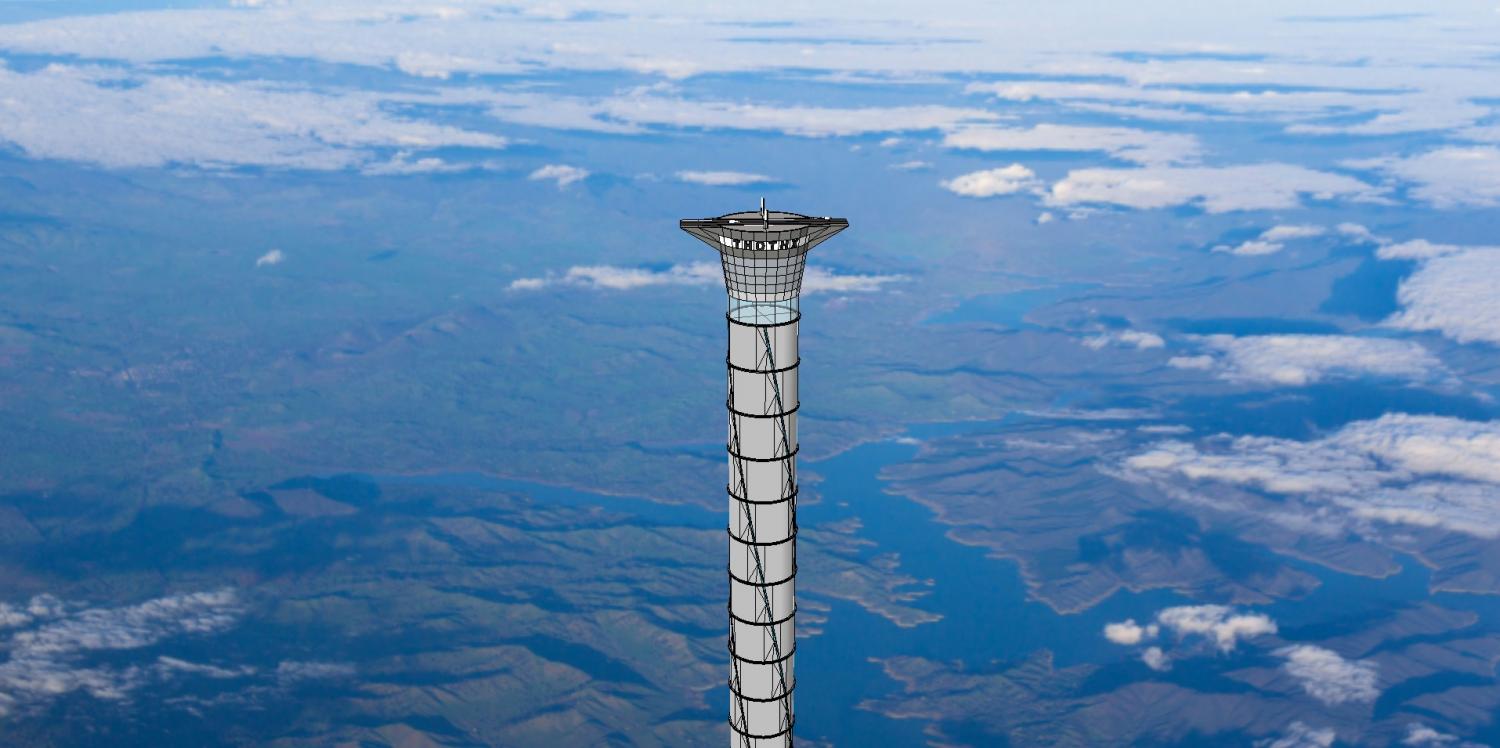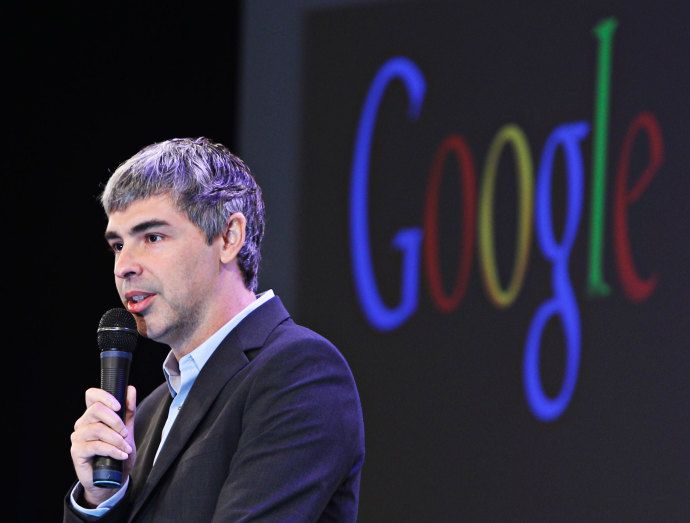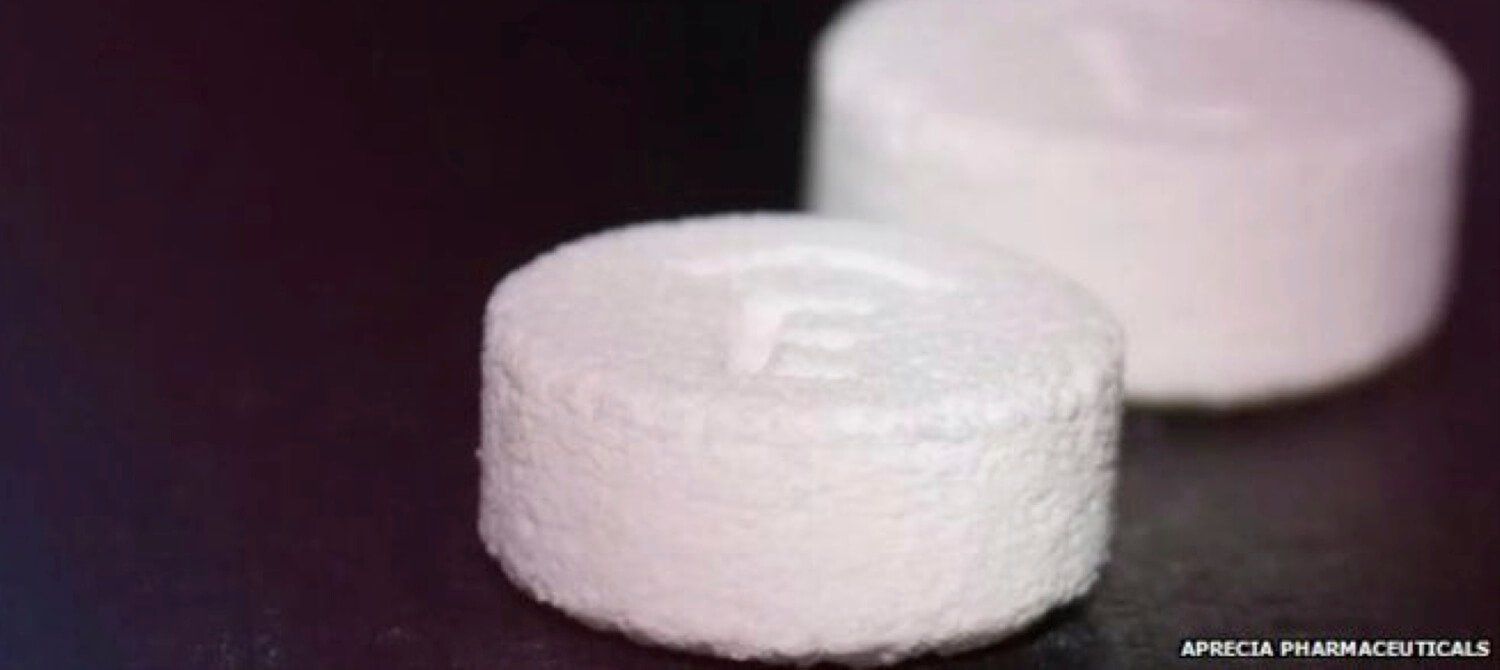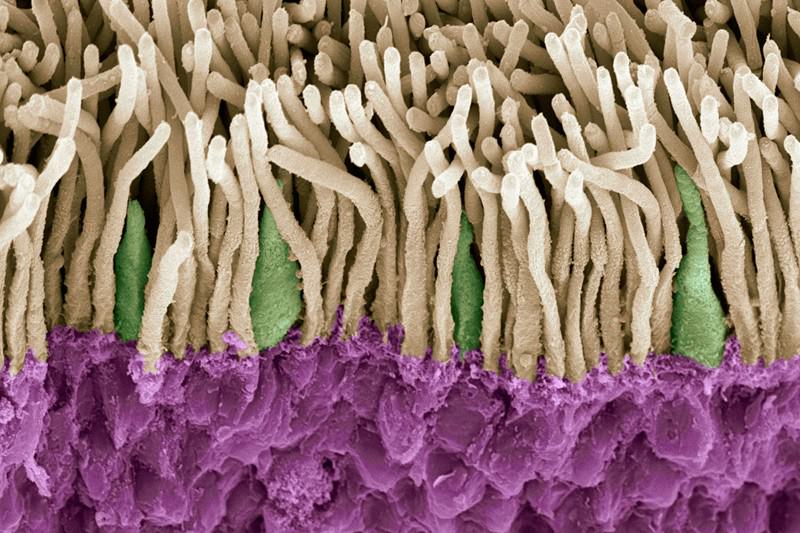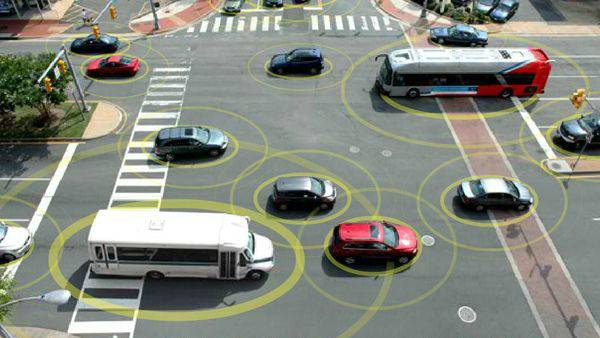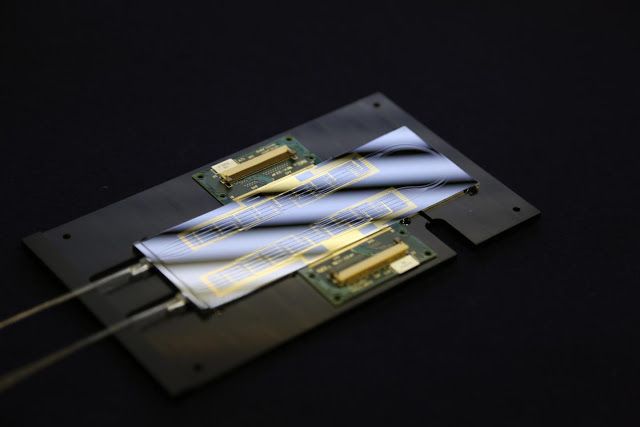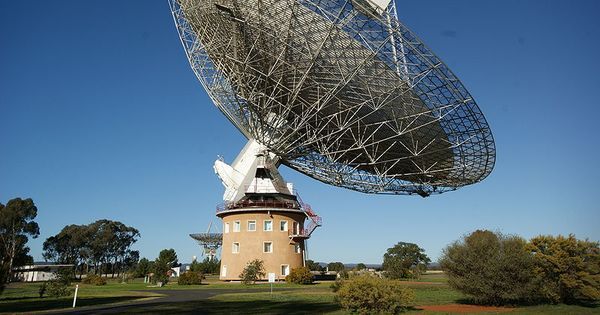Aug 15, 2015
Company in Canada gets U.S. patent for space elevator
Posted by Phillipe Bojorquez in categories: energy, space, virtual reality
Exploring space while seated on Earth, gazing up on screens in museum theaters or at home via VR headsets. is exciting but the top imagination-grabber is the very idea of finding a way to access space. This is the present-day realm of creative thinking over space elevators, in the use of a giant tower to carry us to space.
Scientists working on space elevators are thinking about materials and designs that can be used to access space as an alternative to rocket technology. A sign of the times is the upcoming Space Elevator Conference 2015 which takes place this month in Seattle.
Imagine, said The Spaceward Foundation, the space elevator, serving as a track on which electric vehicles called “climbers” can travel up and down carrying about 10 tons of payload.“There are no intense gravity-loads during the trip, no acoustic vibration, no onboard fuel, nor any of the rest of the drama (and cost) associated with rocket launches,” it added.
